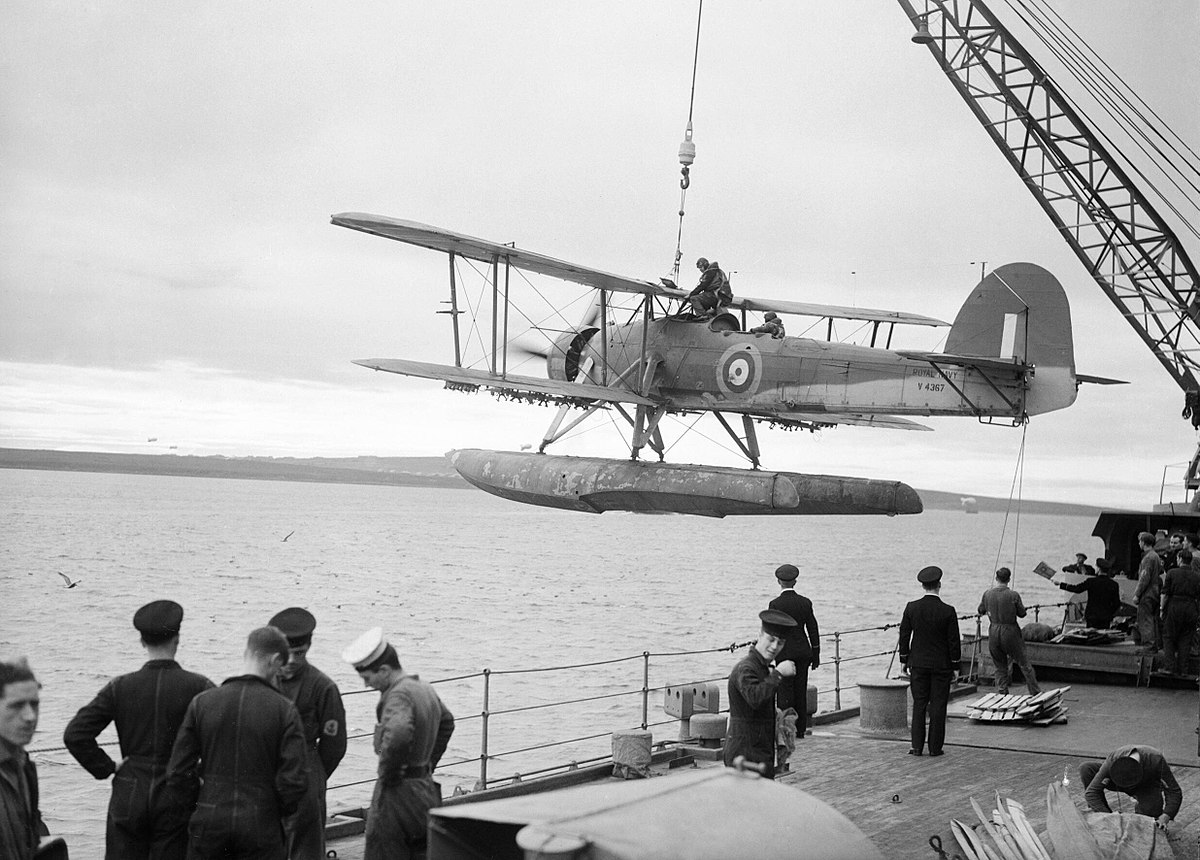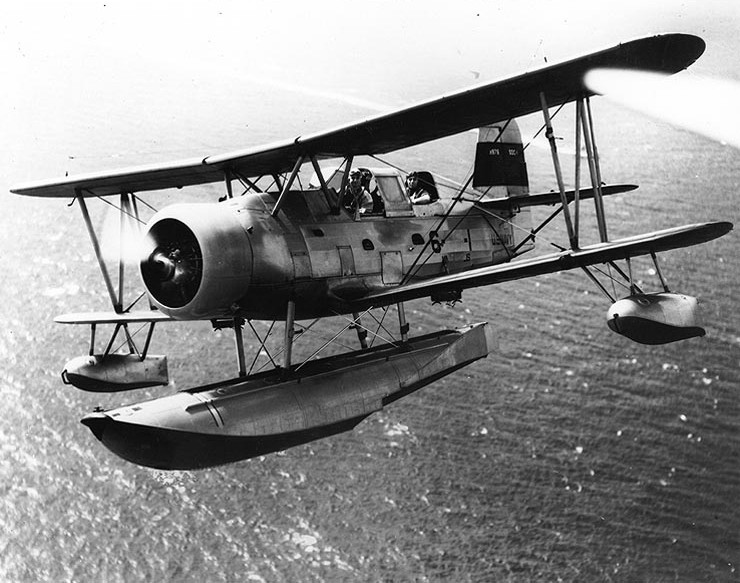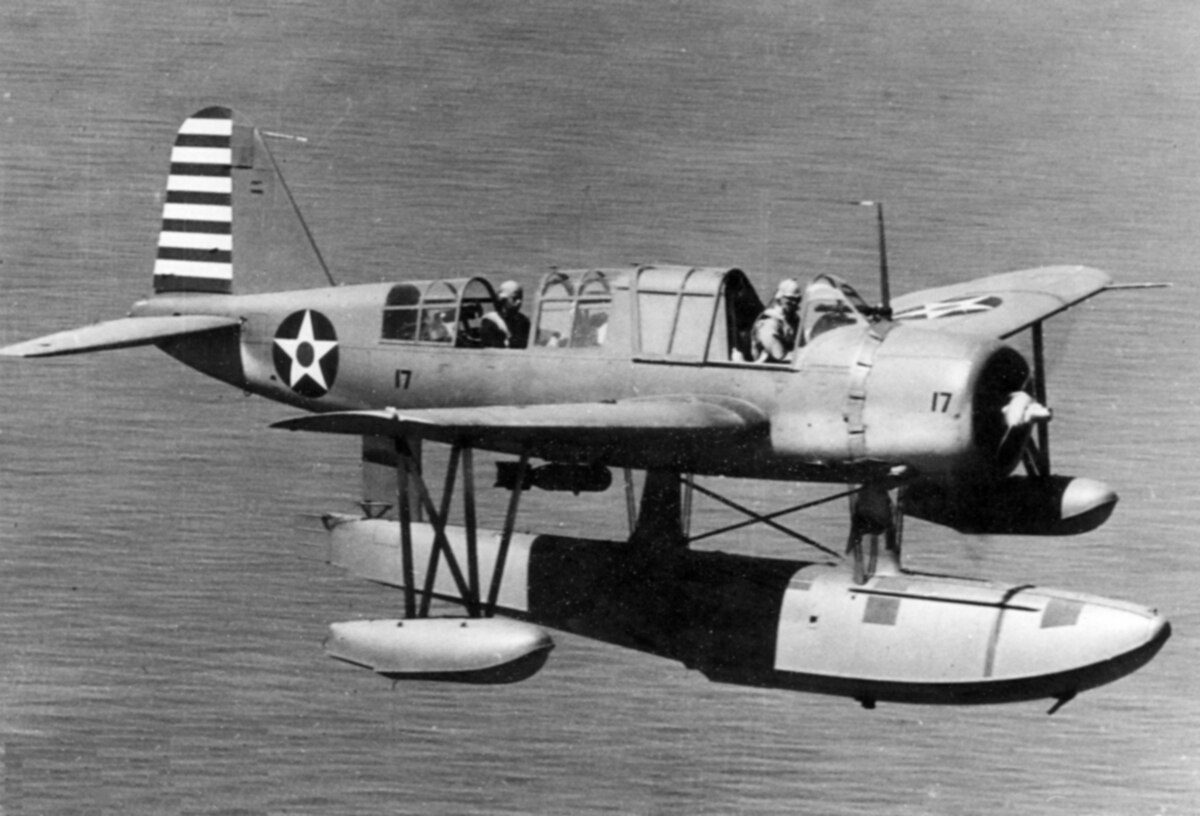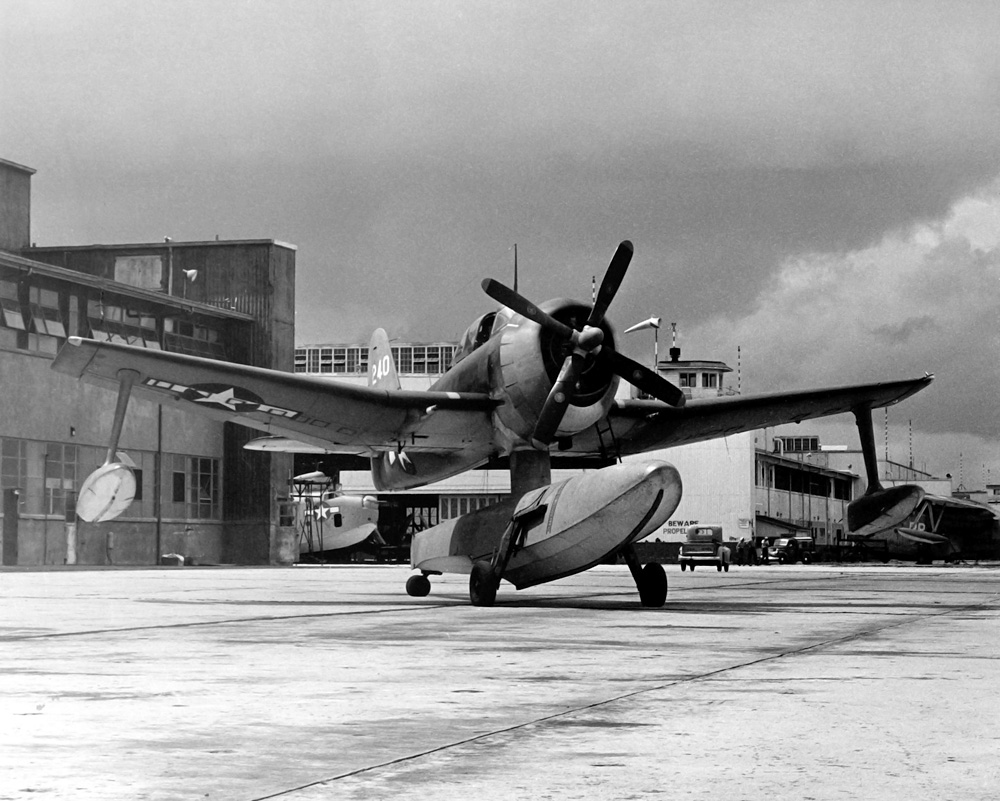The RN began WW2 with a variety of floatplane types on their ships.
Fairey Seafox on the lighter cruisers like Ajax and Achilles at the Battle of the River Plate (66 built from mid 1930s and in service until mid-war) (Edit - Achilles had a longer catapult and used the Walrus by River Plate)
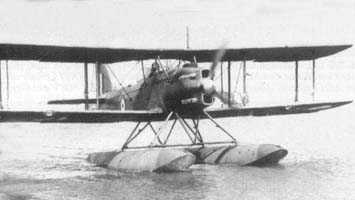
 en.m.wikipedia.org
en.m.wikipedia.org
Fairey Swordfish on some Battleships like Warspite in the Second Battle of Narvik (credited with sinking a U-boat) and Malaya.
Supermarine Seagull V and Walrus on most other larger cruisers and Battleships.
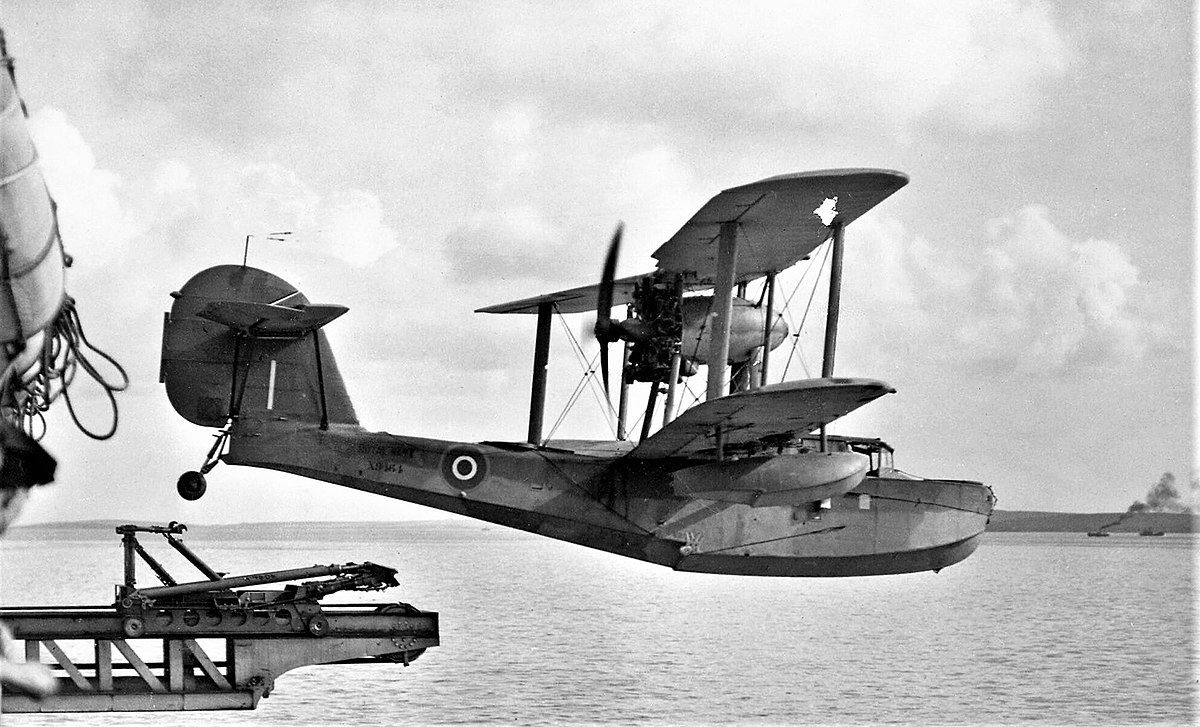
 en.m.wikipedia.org
en.m.wikipedia.org
The successor to the Walrus was intended to be the Supermarine Sea Otter. It's service entry was delayed by the start of WW2.

 en.m.wikipedia.org
en.m.wikipedia.org
And the successor to that was to have been the Supermarine Type 381 Seagull, which eventually flew in 1948.
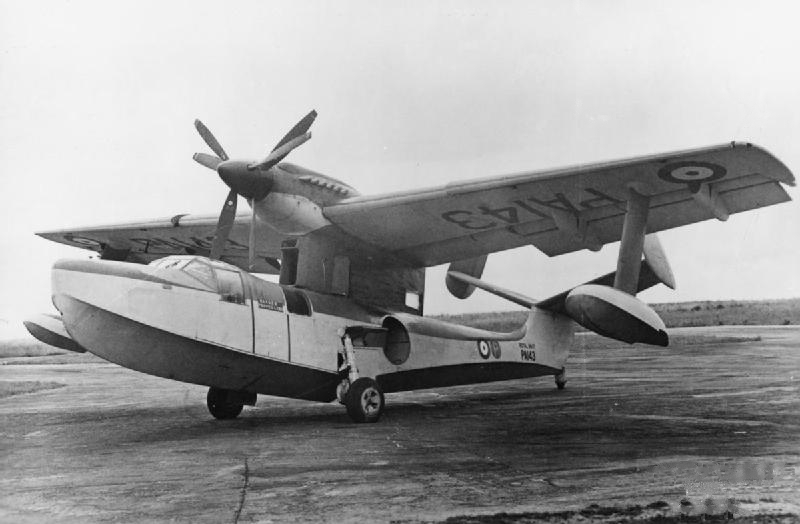
 en.m.wikipedia.org
en.m.wikipedia.org
Perhaps less well known is the RAF habit of specifying that there should be floatplane versions of most naval aircraft. So the second prototype Fairey Albacore was tested at the MAEE in early 1940 equipped with floats. These proved unsuccessful due to the "dirtiness" of the floats so no further development took place. The Blackburn Roc turret fighter was also trialled on floats in mid-1940 (a precursor to the Japanese floatplane fighters of WW2) and a squadron formed to operate them. The trials proved so bad the plan was dropped
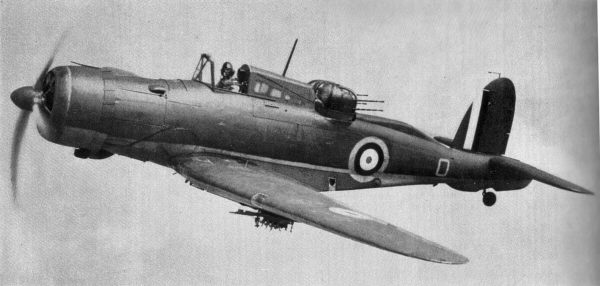
 en.m.wikipedia.org
en.m.wikipedia.org
The RN began removing floatplanes from its warships (other than carriers) in 1942 with the last disappearing in early 1944. Amongst the last were the Vought OS2U Kingfishers on the AMC operating in the Indian Ocean.
In this RN training film dating from Aug 1940 you can see how the shipboard catapults were operated and how floatplanes were launched and recovered.
The other recovery method used inter-war was the Hein Mat.
Fairey Seafox on the lighter cruisers like Ajax and Achilles at the Battle of the River Plate (66 built from mid 1930s and in service until mid-war) (Edit - Achilles had a longer catapult and used the Walrus by River Plate)

Fairey Seafox - Wikipedia
Fairey Swordfish on some Battleships like Warspite in the Second Battle of Narvik (credited with sinking a U-boat) and Malaya.
Supermarine Seagull V and Walrus on most other larger cruisers and Battleships.

Supermarine Walrus - Wikipedia
The successor to the Walrus was intended to be the Supermarine Sea Otter. It's service entry was delayed by the start of WW2.

Supermarine Sea Otter - Wikipedia
And the successor to that was to have been the Supermarine Type 381 Seagull, which eventually flew in 1948.

Supermarine Seagull (1948) - Wikipedia
Perhaps less well known is the RAF habit of specifying that there should be floatplane versions of most naval aircraft. So the second prototype Fairey Albacore was tested at the MAEE in early 1940 equipped with floats. These proved unsuccessful due to the "dirtiness" of the floats so no further development took place. The Blackburn Roc turret fighter was also trialled on floats in mid-1940 (a precursor to the Japanese floatplane fighters of WW2) and a squadron formed to operate them. The trials proved so bad the plan was dropped

Blackburn Roc - Wikipedia
The RN began removing floatplanes from its warships (other than carriers) in 1942 with the last disappearing in early 1944. Amongst the last were the Vought OS2U Kingfishers on the AMC operating in the Indian Ocean.
In this RN training film dating from Aug 1940 you can see how the shipboard catapults were operated and how floatplanes were launched and recovered.
The other recovery method used inter-war was the Hein Mat.
Last edited:

